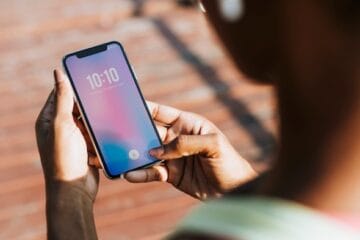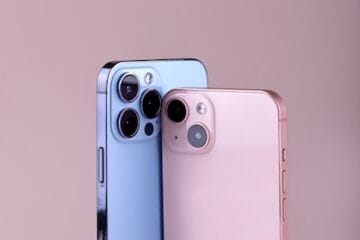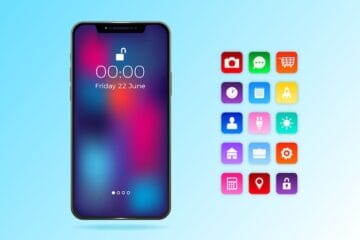This year, Apple (NASDAQ:AAPL) released two flagship smartphones — the iPhone 7 and iPhone 7 Plus — continuing with the trend that it set when it launched the iPhone 6 and iPhone 6 Plus back in late 2014. Next year, however, the iDevice maker is expected to break with that not-so-long-standing tradition and launch not just two iPhones, but three.

IMAGE SOURCE: APPLE.
Per a report from generally reliable Japanese publication Nikkei, next year’s iPhones will come in three different sizes. The smallest will be a 4.7-inch model, keeping with the tradition set with the launch of the iPhone 6. The next step up will be a 5-inch model, with a supposedly “premium” model occupying a pricing tier above the 5-inch mode.
Even more interestingly, while the 4.7-inch and 5-inch models are expected to use flat liquid crystal displays, the 5.5-inch model is expected to employ a curved OLED display.
This strategy is smart and could ultimately lead to both unit share gains for Apple in the premium portion of the smartphone market and a boost in average selling prices. Here’s why.
Contents
Of the three options, this one is probably best
There’s no denying that a certain segment of the smartphone-buying population appreciates the aesthetic of a curved OLED display. Such displays are certainly part of the reason the Samsung (NASDAQOTH:SSNLF) Galaxy S7 Edge has done as well as it has in the marketplace, and why the major China-based smartphone manufacturers, such as Xiaomi, Huawei, and others, are rolling out premium smartphone models incorporating curved OLED displays.
Putting curved OLED displays, especially high-quality ones that meet Apple’s demanding display performance specifications, on a smartphone is unlikely to be cheap. So with the iPhone 8 generation, Apple was probably faced with the following options:
- Absorb the increased cost structure associated with putting curved OLED displays on all of its iPhone models.
- Restrict the use of curved OLED displays to a premium model, one that starts at a price much greater than what current iPhones start at.
- Don’t use curved OLEDs on any iPhones during the iPhone 8 generation.
Option 1 isn’t desirable because it’d almost certainly be gross profit margin-dilutive. Option 3 may be viable, but it could cause Apple to lose both unit share and, perhaps equally importantly, mind share — imagine hearing, for example, that “Apple is no longer innovative.”
Option 2, at least to this Fool, seems by far the best option. Customers who absolutely want the most cutting-edge display technology but prefer Apple and its software ecosystem will have the option of getting that technology from Apple — for a higher price.
That’s preferable to not giving customers who want those features no choice but to buy devices from Apple’s competitors — hence the potential for Apple to gain share in premium smartphones.
Apple CEO Tim Cook admitted on the company’s October earnings call that demand for the iPhone 7 Plus relative to the cheaper iPhone 7 is greater than the company had originally planned for. So given the relative popularity of the iPhone 7 Plus, it’s reasonable to believe that iPhone customers are willing to pay for innovative new features.
I believe that a decent portion of the Apple iPhone installed base would have gone with a non-premium iPhone as their next device. To the extent that those current customers do move up a tier — and if the “premium” iPhone is attractive, this may be a common occurrence — Apple should see a bump in the average selling price.
However, what’s potentially more interesting is that an iPhone that’s a lights-out, technological tour-de-force could bring back into the Apple ecosystem customers who felt that Apple wasn’t building products for them anymore. That could cover, for example, Galaxy S7 Edge and Galaxy Note7 buyers. Not only would bringing in a significant number of such customers help Apple drive unit-share gains, since these customers wouldn’t have purchased iPhones otherwise, but again, it would also help average selling prices.
The prospect of seeing these dynamics play out should be quite exciting to Apple stockholders, particularly given how much of Apple’s business ultimately depends on iPhone sales.
[Source:-The Motelyy Fool]




